Choosing the right eco-friendly packaging on the platform involves considering factors such as material sustainability, biodegradability, and reusability. Sustainable packaging options include bioplastics made from plant-based materials like cornstarch, which decompose quickly compared to traditional plastics. Paper alternatives, such as cardboard or paper envelopes, offer recyclability and are commonly used for shipping.
For businesses looking to minimize environmental impact, biodegradable packing peanuts made from starch provide a safe and dissolvable option for protecting shipped items. Glass, while more fragile, is infinitely recyclable and can be reused, making it a viable option for liquid products. Compostable packaging, often plant-based, helps reduce landfill waste and supports soil regeneration.
Reusable packaging encourages consumers to repurpose packaging, extending its life cycle and reducing waste. Bamboo-based packaging is another sustainable choice due to bamboo's rapid growth and minimal environmental impact. Cork, harvested from oak tree bark without harming the tree, offers a renewable packaging solution that is also biodegradable.
Lastly, recycled materials play a crucial role in reducing the need for single-use plastics and other non-renewable resources. When selecting eco-friendly packaging on the platform, consider the lifecycle of the packaging materials, their environmental benefits, and how they align with consumer values towards sustainability.


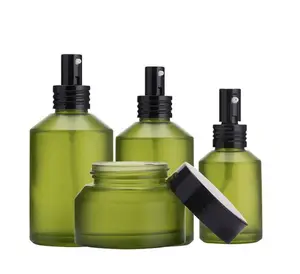



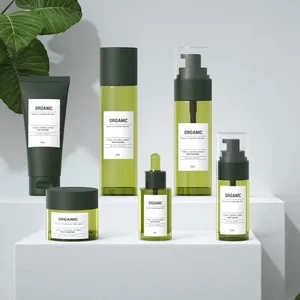

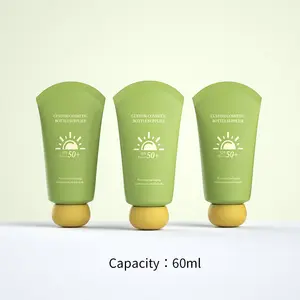



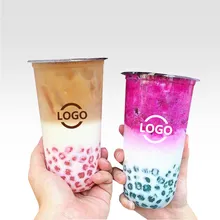
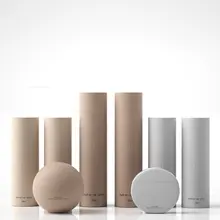




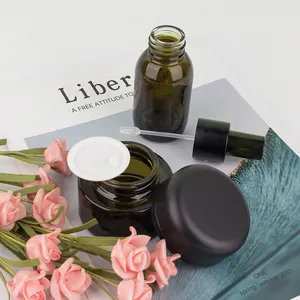
















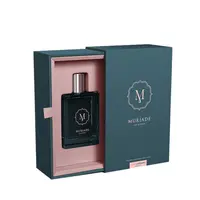








 浙公网安备 33010002000092号
浙公网安备 33010002000092号 浙B2-20120091-4
浙B2-20120091-4